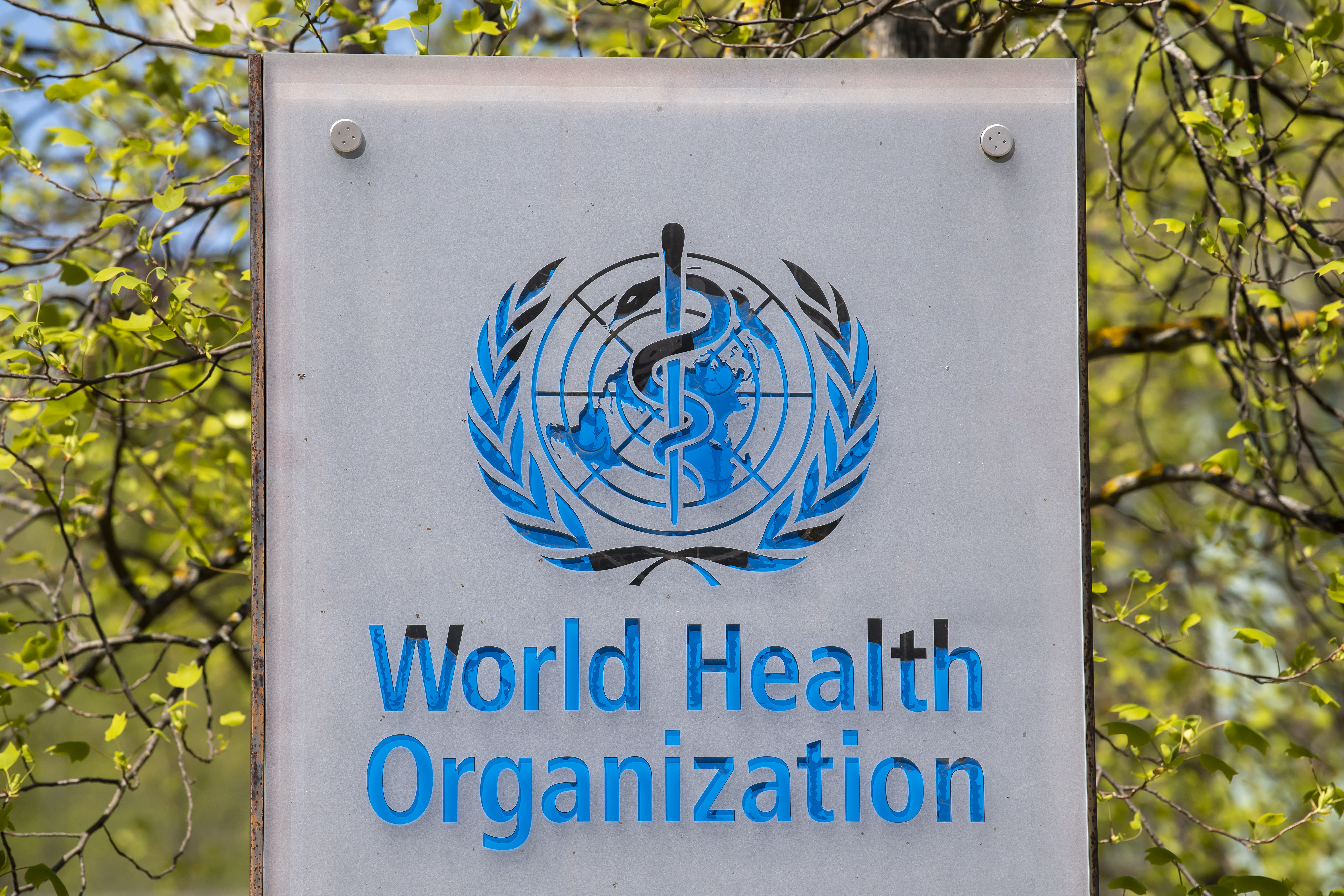The World Health Organization (WHO) is in a moment of crisis. The decision by the US to withdraw from the organisation leaves the WHO with a deficit of about 15% of its total funding through the end of 2025 and 45% projected for 2026-27.
The current crisis is new, but it lays bare long-standing, untenable realities:
- The WHO is overly dependent on a single global superpower to function;
- The WHO is doing too many things, which comes at the cost of effectively carrying out its core, essential functions; and
- Member states from low-middle-income countries are disproportionately dependent on the WHO to deliver essential healthcare.
Debate on the causes and consequences of these realities is undoubtedly important. However, debate without defining and prioritising the WHO’s most essential business risks belt-tightening as the only outcome of this shock to the system. Pleading for outside organisations to fill the gaps left by the US is insufficient. This is an opportunity for the organisation’s 190 remaining member states to drive reforms that define its core functions and decrease reliance on a single global actor.
To avoid falling into a new dependency trap member states must answer the following:
- What are the core functions of the WHO that member states cannot lose without major negative consequences for their health status?
- What functions of the WHO are duplicative of work done by another UN or global institution?; and
- Which local institutions can be leveraged in each member state to fulfil roles currently carried out by the WHO?
The WHO website lists 125 distinct health initiatives it supports. Each might be justifiable on its own merits and metrics, but defining clear global priorities among 125 disparate initiatives is nearly impossible. Simply trimming the budgets of each initiative denies the reality that global health institutions face an existential threat. The WHO must be willing to redefine its highest priorities and scale back work it can no longer afford to take on.
Amid the chaos of the US exit, there is a risk that others will move to fill the void and exert unbalanced influence over the institution, financially or politically. To avoid this the WHO must focus on building sustainable local public health infrastructure, especially in low- and middle-income countries, which are the most likely to experience new outbreaks and the least equipped to contain them. Doing so is in the interest of all nations. For example, the global mpox epidemic of 2022-24 was driven by a novel mutation in a virus that has been circulating in Africa since the 1950s. If African nations had the infrastructure to better contain outbreaks and manufacture and distribute their own vaccines, global spread might have been prevented.
By defining the most vital functions of the WHO and pushing for greater independence among member states, the path to reform may not be easy, but it will become clearer. One can already imagine a list of likely top functions of the WHO:
- Coordination and implementation of the International Health Regulations, the legal framework that defines all countries’ rights and responsibilities in the prevention, detection and response to outbreaks and health emergencies that can lead to global health crises;
- Establishing global standards for health, including maintaining data platforms and research on global public health measures that benefit all countries; and
- Championing primary healthcare and universal health coverage as drivers for improved public health in all settings.
There may be others, but a short list of core priorities will help the WHO act in service to member states who are most dependent on its support.
The WHO leadership has already proposed changes to address the budget shortfall, with plans to reduce the number of senior leadership roles, merge departments and relocate functions within the organisation. Some departments have also independently forestalled and reduced their own expenses through personnel and operations reductions. While well intentioned, these efforts are not expected to significantly reduce the $2.5-billion budget deficit the WHO faces between 2025 and 2027. The organisation must take more drastic action to scale back the scope of its mission and focus on lifesaving and disease prevention measures.
The vacuum left by the US threatens irreparable damage to global health institutions, with the WHO bearing a disproportionate burden. As we were painfully reminded during the Covid-19 pandemic, diseases do not respect borders and our best defence against widespread outbreaks is local containment. The WHO must view this crisis as an opportunity to develop into an entity that is leaner with greater agency to carry out its most essential, life-saving tasks. In doing so it must avoid dependency traps that risk the lives and wellbeing of its most vulnerable constituents and the maintenance of global health security. DM
Dr Wilmot James is a professor in Brown University’s School of Public Health Pandemic Center, Rhode Island, and a former member of Parliament (South Africa). Dr Ernesto Gozzer is a professor in the School of Public Health at Universidad Peruana Cayetano Heredia, Lima, Peru. Dr Li Yang Hsu is director of the Asia Centre for Health Security, Saw Swee Hock School of Public Health, National University of Singapore.




